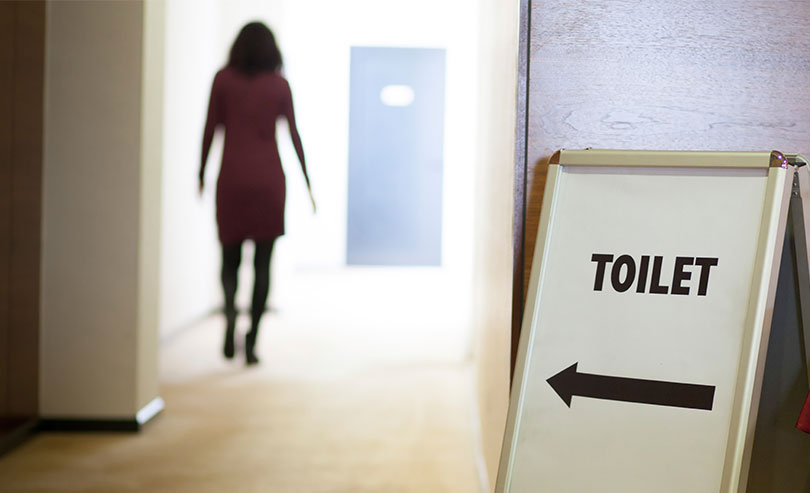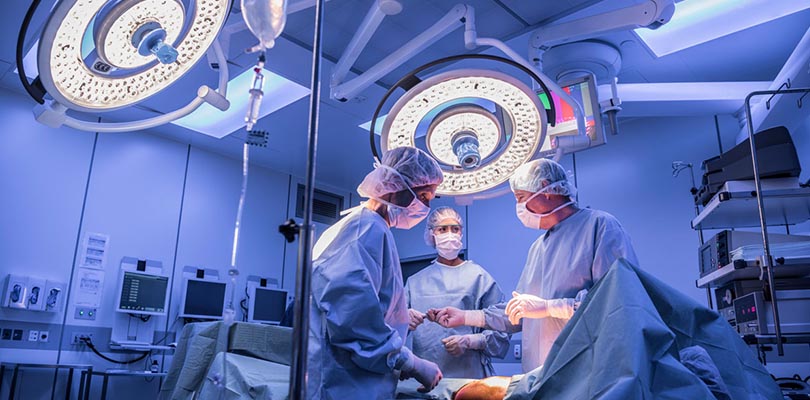Misconceptions About OAB
Overactive bladder (OAB) isn’t uncommon, but because so many people suffer in silence there are a lot of half-truths about the causes, symptoms, and treatments floating around. One thing is for sure: OAB isn’t an inevitable condition, and you don’t need to give in to the embarrassment and discomfort.
Studies have shown that the less you understand your condition, the harder it is to manage, and the lower your quality of life. Since your bladder function plays a big role in how you live each day, you owe it to yourself to learn the facts about the symptoms and treatment options so you can take back some control. Start by breaking through these misconceptions about OAB.
1. Childbirth Causes OAB
In some cases, pregnancy and childbirth can weaken the pelvic floor muscles, which help to support your bladder and keep urine from leaking out. However, OAB involves more than just muscle weakness, so while childbirth may worsen your symptoms, it doesn’t cause OAB.
On the other hand, the exercises you do to tone your pelvic floor after giving birth can also help to relieve OAB symptoms. Kegel exercises help train the muscles around the bladder opening to contract firmly, saving you from running to the bathroom at the first hint of an urge to go.
Resources
Healthline (Overactive Bladder vs. Urinary Incontinence and UTI: What’s the Difference?)Healthmonitor (Top 5 Myths About Overactive Bladder)Uro Today (Beyond the Abstract - Misconceptions and miscommunication among aging women with overactive bladder symptoms)Vibrant Nation (OAB Fact vs Fiction)Healthguides (10 Myths about Overactive Bladder)Getting through the holidays with OAB can be overwhelming; follow these eight tips to manage your OAB without sacrificing your holiday spirit.







